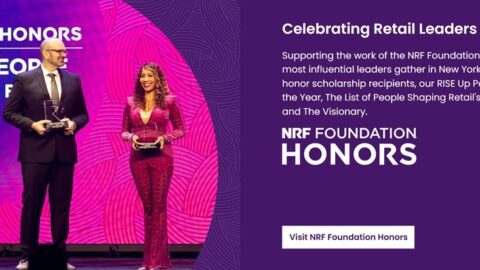The National Retail Federation (NRF) is appealing to the federal government for clear guidance on issues stemming from the COVID-19 pandemic, citing conflicting regulations and advice at the state, county, city and local levels. In a March 19 letter from NRF President Matthew Shay, he cited the example of “some localities [that] have determined that pet stores…are not ‘essential’ despite the millions of pet owners who rightfully need specialty supplies for their pet’s wellbeing.”
The letter, which was sent to President Trump as well as officials at the Department of Homeland Security, FEMA and Secretary of Transportation Elaine Chao, also asked for the regulations that limit gatherings to 50 people or less be relaxed for large-format grocery stores, big box retail and wholesale clubs. “Facilities with significant square footage can adequately accommodate more than 50 shoppers while effectively managing social distancing practices among customers and employees,” noted Shay in the letter.
“When state and local governments enforce 50-person limits — often through law enforcement — it creates long lines outside stores, further alarming consumers that groceries and other supplies may be in limited quantity,” Shay wrote. “Most often that is not the case. Further, having hundreds of customers lined up outdoors defeats the mass-gathering guidance.”
The NRF also wants to expand, and nationalize, which retail ecosystem businesses are considered essential to include:
- Local, regional and national transportation and delivery services, including those shipping groceries, food, goods or services directly to residences and mailing and shipping services;
- Facilities supporting interstate delivery of goods, distribution centers, warehouse facilities and trucking and highway rest stops;
- Agriculture and farm retail stores, often the only place to purchase livestock feed, and one of the few places first responders can obtain critical supplies;
- Hardware and home improvement stores; and
- Retailers that supply other essential businesses and people working from home with the support or supplies necessary to operate (for example, electronics, telecommunication and mobile technology).
The letter concludes with a request that the Administration remain open to adding more categories as conditions develop, and a note that NRF would be sharing these suggestions with state and local governments through its state retail association partners.












